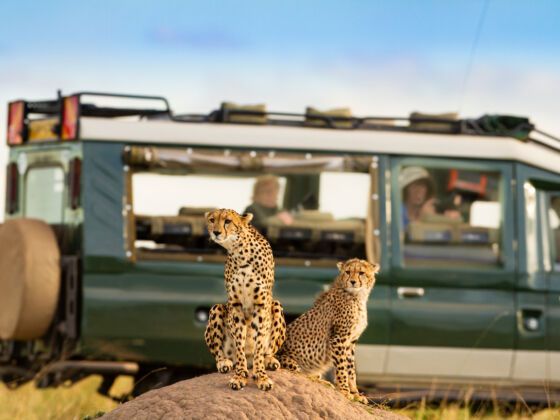I was less than a mile from the finish line of my first half marathon, and I wasn’t sure that I could make it. My mouth was dry and my legs were quickly filling with cement as I plodded down the red dirt path. Forward momentum was the only thing keeping me in motion.
Well, that and the fact that Bob, a 40-something diplomat from the local American embassy, was beating me. Me, a 25-year-old athlete and former high school soccer state champion.
